The traditional stilt house and the staircase of the Tay people are unique cultural features of the mountainous region in general and of the Tay people of Cao Bang in particular.
Unlike the nomadic lifestyle of some other ethnic minorities, the Tay people always have a stable idea of where to live, from which they consider farming corn and rice. From that concept, a unique feature in the culture of stilt house architecture has been formed. The Tay house is not only the family's traditional residence but also the place where religious activities, ancestor worship cultural activities, and folk performances such as love songs at weddings, festivals, and traditional New Year's Day take place.
Tay people's houses are often built at the foot of hills, in the fields or in open spaces. Stilt houses usually have three main rooms, two wings or four roofs. With the techniques of talented craftsmen, the traditional Tay stilt house rarely uses iron nails but only uses wood to connect the beams and columns to form the house. The common point of stilt houses is that they are built next to streams around the village, where there is a water source... The two wings of the house usually have one wing used to pound rice, store rice; the other wing is for storing utensils. The placement of utensils depends on the arrangement of each family. Tay stilt houses are roofed with trough tiles, also known as yin-yang tiles made from baked clay, when roofed one row is facing down, one row is facing up. The arrangement in the house has many things in common, the stove and the altar are the two most important things in the house, so they should be placed in the middle room. The stove symbolizes life, located in the center of the house, is where food is cooked and where family members gather together. The altar facing the stove is a place to worship ancestors, where important spiritual rituals of the Tay people take place, such as: praying for peace, warding off bad luck, funerals...
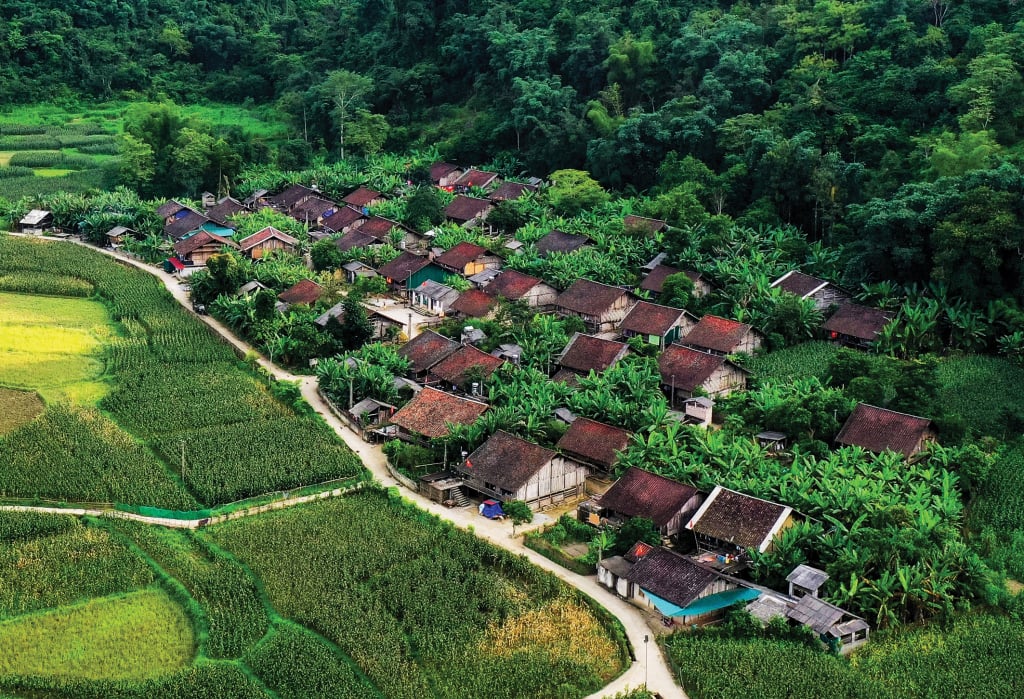
Tay people's stilt houses. Photo: The Vinh
In the spiritual life of the Tay people, 7 or 9 steps of stairs represent the number of souls, the souls are the thread connecting life and death of people. Therefore, the stairs are the bridge between the two worlds inside and outside the house. The number of steps can be different, the location of the stairs can also be on the right or left side of the house (depending on the land, the location of the house) but the number of steps must be an odd number. The Tay people believe that humans have a body and a soul called "khoan". The body and the soul always exist in parallel, but some parts of the soul can leave the body to play or disperse and not return to concentrate, then the human body will eat poorly, causing illness. To call the soul back, a monk must be invited to perform a ceremony to pray for peace, remove bad luck, and connect numbers... In these ceremonies, there is always a ladder to welcome the "khoan" (duay khoan - soul ladder). Depending on the ceremony, people use a ladder with 7 steps, 9 steps, or 12 steps. These three types of ladders are made of banana leaves, the steps are made of bamboo slats, symbolizing the ladder to welcome people's souls to the underworld. On the steps, there are attached money for the dead, on the two vertical bars of the stairs, there are figures and flags cut from colored paper. The meaning of these objects is money for the soldiers in the underworld to look after the ladder. The ladder is mentioned in folk songs of the Tay and Nung people, so when they want to invite guests, the Tay and Nung people have a rhyming saying to show the hospitality of the host: "Da hu tin duy ngày tứn Tàu Thìn/Da hu phac duy ngày tứn Chóp thính (Don't let the foot of the ladder grow thick moss/Don't let the handrail grow mold)".
“The staircase” contains within itself a rich culture and customs of the Tay people, expressed through the image of 9 steps of the stilt house, many important events in life pass through those steps. Each step seems to tell stories from ancient times of the Tay people conquering nature, fighting wild animals, demons to keep life peaceful... The Tay girl in traditional indigo costume, shyly and timidly, becomes a daughter-in-law of the Tay people, walking step by step up the stairs and then through the door into the house. The staircase is like 9 steps of love witnessing the first steps of the Tay girl as a daughter-in-law, how sacred, how meaningful.
Next to the stairs, children are born and learn to take their first steps in life. Sitting on each step, next to the traditional Tinh lute, the Tay people sing the gentle lyrics of Then melodies... Whenever a Tay family has distinguished guests, the stairs are always the place where the hospitality and deep affection of the host converge. Or when an old person passes away, the Tay family holds a funeral, the image of the stairs is imprinted with the footsteps of those who come to visit and see off the deceased. When the coffin is carried away, the stairs are like a final farewell, and then when it reaches the white clouds, the stairs are like a place where the soul and spirit of the person reside. Even if they die, the spirit still returns to the beloved home, still existing next to the rustic stairs...
Through centuries of development, the Tay people have constantly innovated to improve their houses to suit the natural conditions and agricultural production life, but have not forgotten to preserve traditional characteristics. This has created a unique style of the Tay people, expressed first in the art of stilt house architecture and especially the image of 9 stairs.














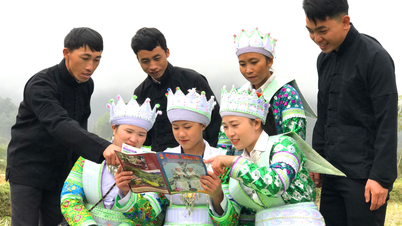





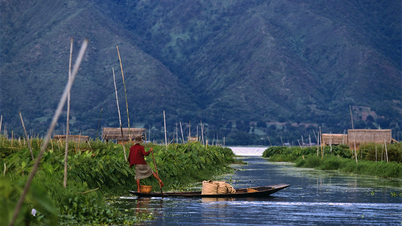
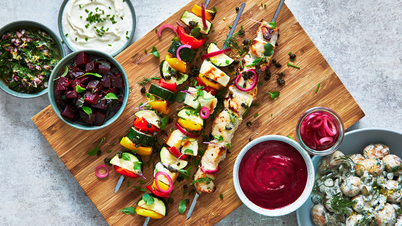



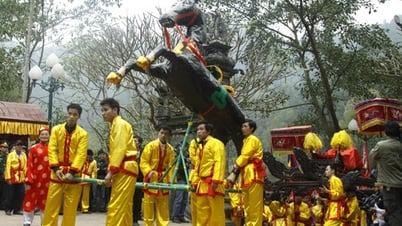

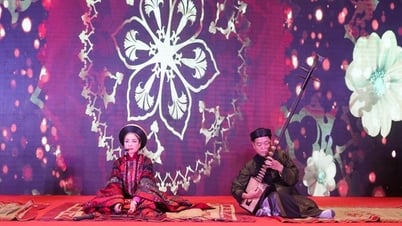
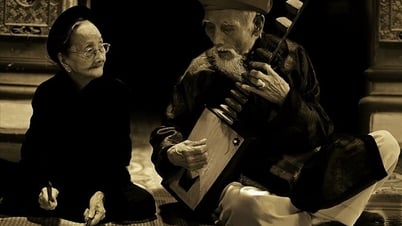

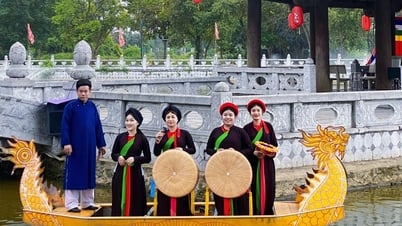

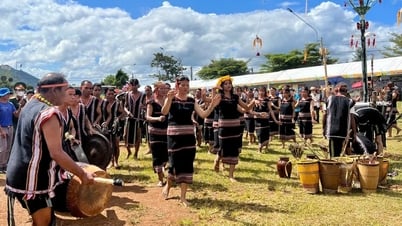

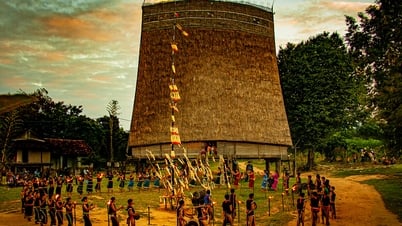







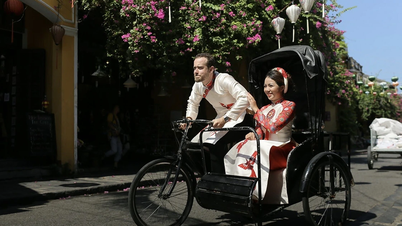









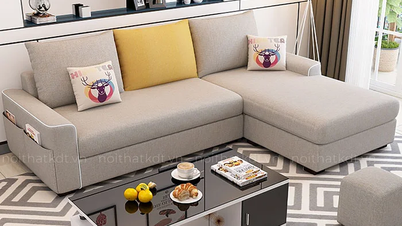
































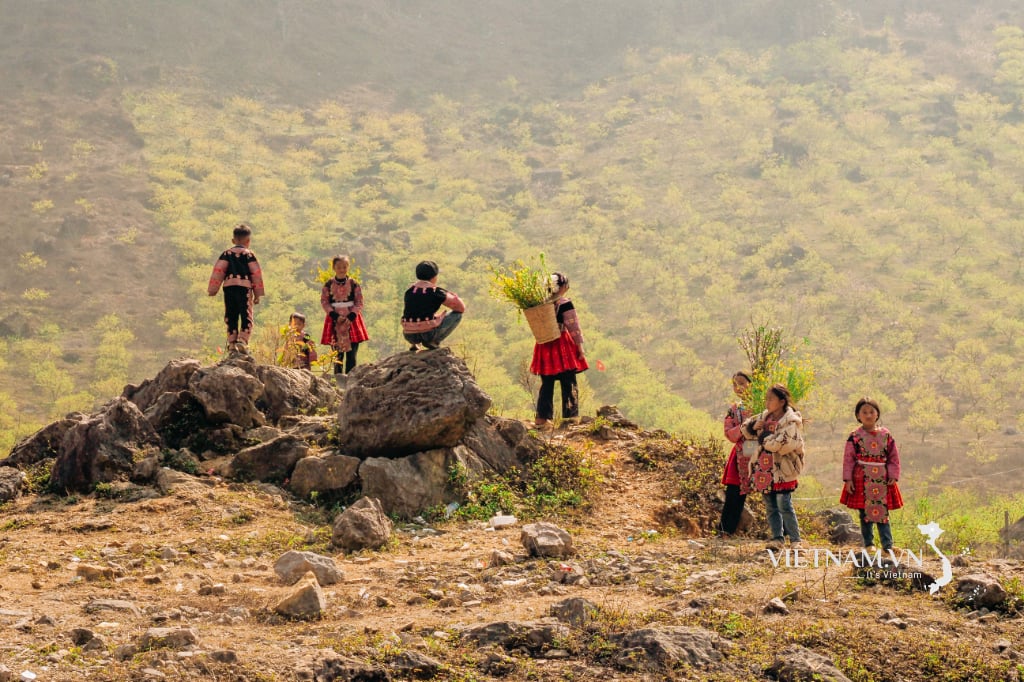

Comment (0)